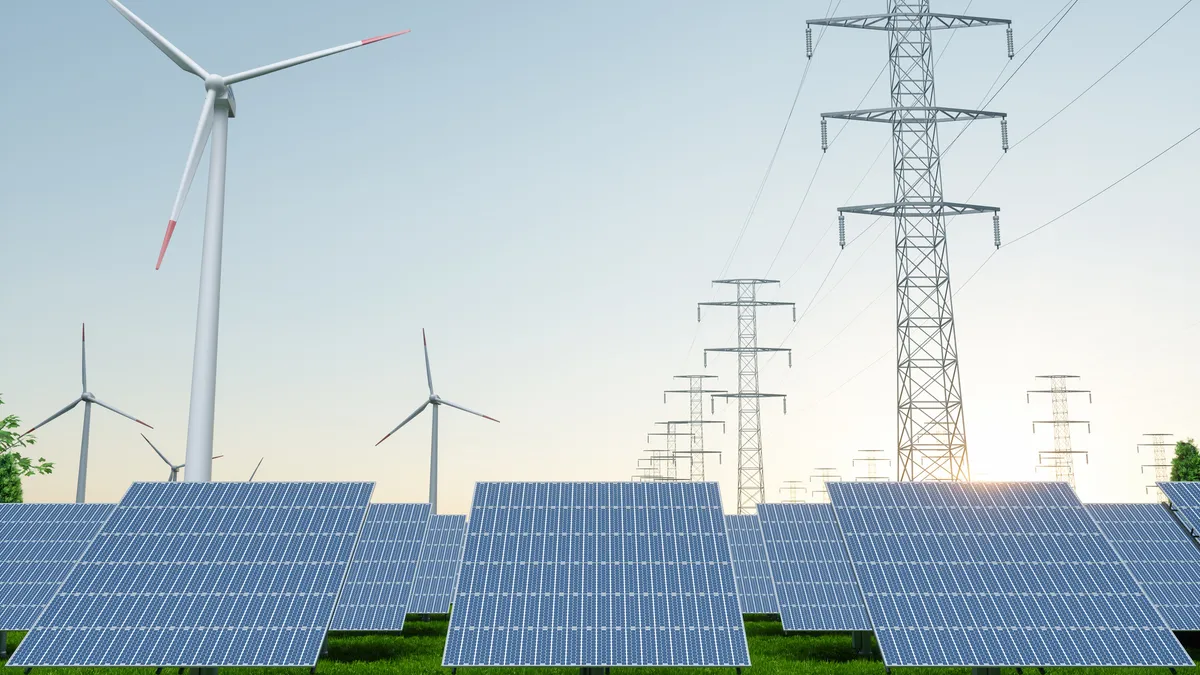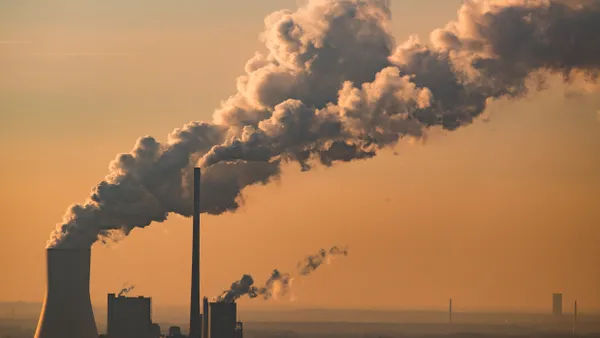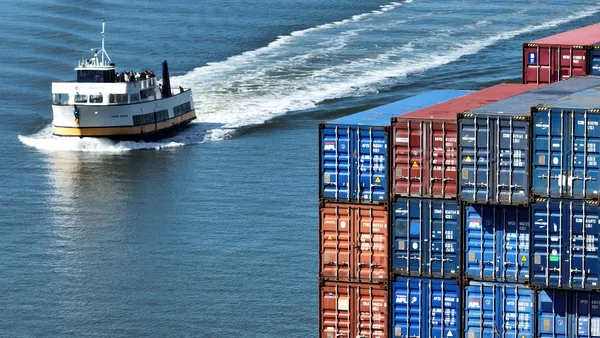Dive Brief:
- Houston-based energyRe said last week it raised $1.2 billion to expand its renewable energy portfolio of utility-scale transmission, storage, onshore and offshore wind and solar projects. The company’s development pipeline includes over 500 miles of transmission lines, 10.5 gigawatts of solar, wind and battery storage and 155 megawatts of distributed power across 17 states.
- The funding round included investments from energy transition infrastructure investor Glentra Capital, Novo Holdings and pension fund PKA — the latter two of which are based in Denmark. Additionally, as part of the transaction, European transmission specialist Elia Group acquired a stake in energyRe subsidiary, energyRe Giga.
- The company’s strategy focuses on transmission-led power generation to ease the burdens on the nation’s transmission lines as it adds clean power capacity. Additional transmission capacity has become crucial to alleviate a backlog of renewable energy projects and power looking to connect to the nation’s power grid.
Dive Insight:
The renewable energy company said it will use Glentra’s expertise developing U.S. renewable energy assets and Elia Group’s knowledge of transmission planning, offshore transmission infrastructure development and high voltage direct current transmission technology to make the most of the partnerships.
The company has put its focus on putting new electric grids to expand renewable power transmission capacity to decarbonize U.S. cities and hard-to-decarbonize energy centers, energyRe’s CEO Miguel Prado said in the release.
“These investments … will support energyRe’s robust development pipeline as well as further innovation and expansion in our portfolio,” Prado said. “This is a clear commitment from leading institutional investors that believe in energyRe’s mission, growth, and momentum.”
The transaction also allows the European transmission specialists at Elia Group to enter the U.S. market alongside an operating portfolio and development pipeline stateside, Elia’s interim CEO Catherine Vandenborre said in the release.
EnergyRe already has multiple partnership agreements with the state of New York and is a partner on the nation’s first interregional transmission line project.
The company is a part of Clean Path NY’s plans to build 175 miles of underground HVDC transmission lines and enough wind and solar to generate and distribute more than 7.5 million megawatt hours of zero-emissions energy and is a co-developer of an offshore wind project in the New York Bight. Additionally, energyRe is helping develop a 350-mile transmission line to connect the midwestern and eastern power markets.
The nation’s outdated electric grid and transmission system has led to lengthening backlogs for renewable energy projects to connect to the grid. Projects that go into the interconnection queues have reported increasingly long wait times and a decreasing amount of completions.
Additionally, cities and counties enacted 35% more laws in opposition to renewable energy projects from March 2022 to May 2023, putting 59 new bills on the books to limit renewable energy development or stop a specific project, Columbia University’s Sabin Center for Climate Change Law reported. To cut down on land use opposition, the Solar Energy Industries Association, The Nature Conservancy and Stanford University’s environmental institute announced a collaboration last month between solar developers, climate activists and environmental justice activists to increase stakeholder input in solar siting and regulation.
The Federal Energy Regulatory Commission is also working on making the transmission approval process quicker and less competitive. In July, FERC finalized a rule to implement a first-ready, first-served process for transmission interconnections and speed up queue processing by creating deadlines for transmission providers to complete interconnection studies and penalties for those that don’t hit the new deadlines.
“This is a watershed moment for our nation’s transmission grid,” FERC Chair Willie Phillips said in July. “Our transmission policies must keep pace with the rapid changes in the makeup of our nation’s power generation resource mix.”












